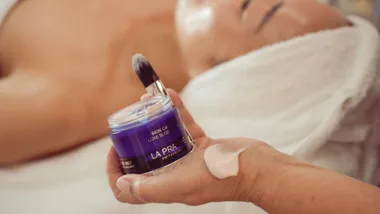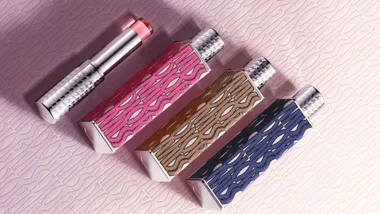When it comes to skincare, a lot of products and routines are recommended ‘depending on your skin type’.
Problem is… what if you don’t know what your skin type is?
Knowing the specific needs of your unique face can really help when it comes to making purchasing decisions, as “understanding your complexion allows you to find the right products that work for your skin, optimising results without causing any additional problems,” says Barbara Green, Head of Research & Development at NEOSTRATA.
Of course, a dermatologist or facialist should be able to identify your skin type fairly easily for you, but if it’s been a while between appointments, or your skin type has changed, you may need to self-assess.
“Our skin type can change during our lifetime,” says Dermatologist, Dr Nina Wines at Northern Sydney Dermatology, NSW. “Those with an oily skin type in their teenage years can find their skin becoming drier post-puberty, and those with a normal skin type can find their skin getting drier as they age.”
So if calling your derm at midnight when you’re making a (very necessary) MECCA order isn’t possible (or within the reams of reason), we’ve enlisted the help of experts to put together a useful skin type guide.
Signs you have a dry skin type
According to Green, a dry skin type behaves exactly how we’d imagine; “dry skin can experience light flaking, appear rough and feel tight”, she tells Marie Claire. “It can feel itchy and uncomfortable.”
As far as skin types go, it’s probably the easiest to self-diagnose. And it’s one that can become more prevalent as we age too.
“A slower skin cell turnover and reduction in lipid production as we age means roughness and dryness are more likely”, says Green. “The lack of natural oils and a weakened moisture barrier cause ageing skin to look and feel dry and less plump and moisturised.”
Dry skin types often reach for heavier creams and hyaluronic acid, but Green recommends lactobionic acid, which attracts moisture for a hit of hydration and comfort.
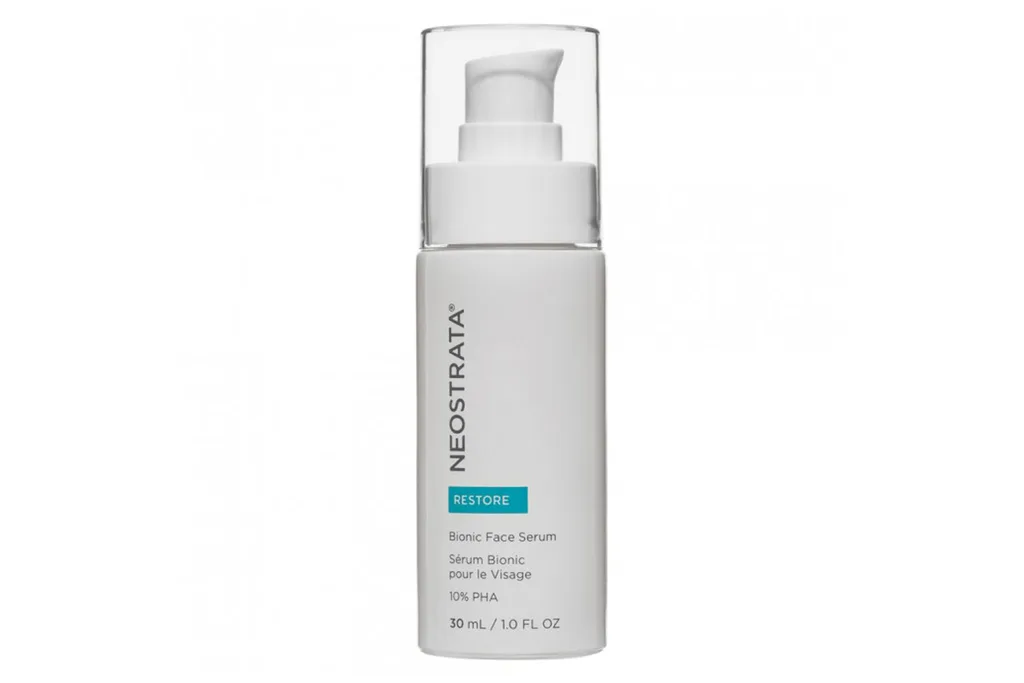
NEOSTRATA® Restore Bionic Serum, $74.99 at priceline.com.au
Signs you have an oily skin type
The best way to determine if you have oily skin is to assess it one hour after cleansing. If a shine is already appearing, it’s highly likely your skin is producing excess oil and sits within this skin type.
Dr Wines adds that oily skin types are, “prone to comedones and the varying forms of acne,” and can also be characterised by, “enlarged, clearly visible pores and a glossy shine,” she says.
Salicylic acid has often been hailed a hero for oily skin, and Dr Wines agrees, saying it “helps to keep pores clear by exfoliating the skin.”

The Ordinary Salicylic Acid 2% Masque, $21.90 at adorebeauty.com.au
Signs you have a combination skin type
Skin is classed as a ‘combination’ skin type if you experience oiliness and shine in the T-zone (forehead, nose and chin) a few hours after washing, but have normal or dry skin on the cheeks and along the jawline.
“Your skin may also be combination if you feel dry, tight and in need of moisturisation after washing in the morning, and then progress to an oily or shiny appearance a few hours later”, says Green.
While some people with combination complexions may prefer to treat the different zones of their face specifically, (ie. multi-masking), Dr Wines says glycolic acid is a great all-rounder for combination skin, and helps “to promote cellular turnover whilst hydrating the skin.”
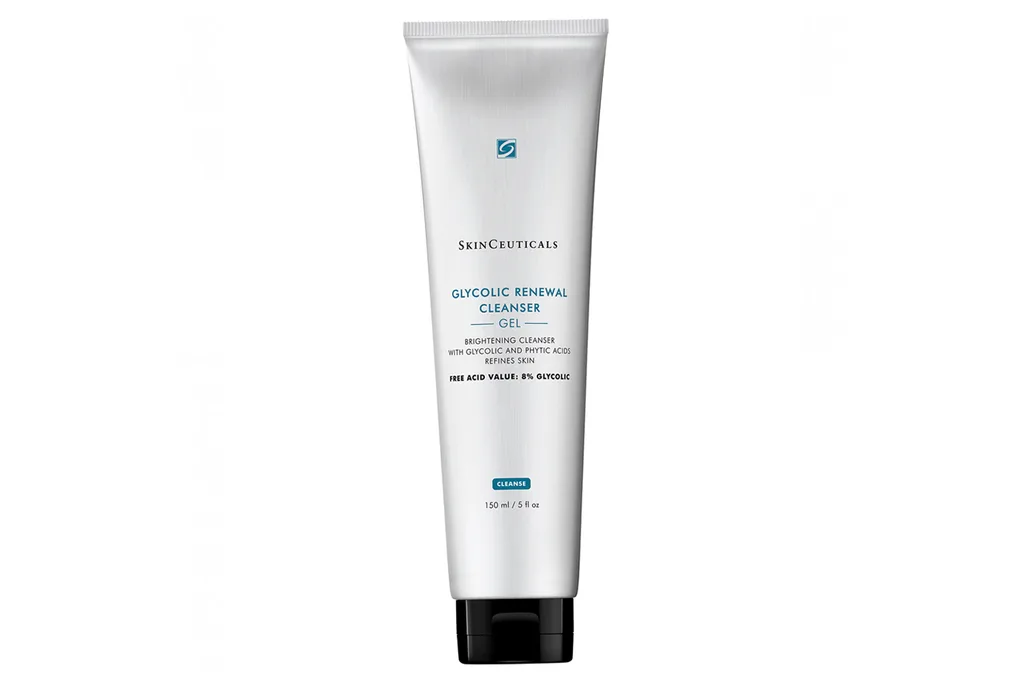
Skinceuticals Glycolic Renewal Cleanser, $64 at adorebeauty.com.au
Signs you have a sensitive skin type
If you have a sensitive skin type, it’s highly likely you already know about it. And it is possible to be sensitive in addition to being dry, oily or combination.
“People with sensitive skin are more likely to experience stinging, itching, burning, dryness, redness and breakouts in response to their skin’s particular trigger”, explains Green.
Common triggers include soaps, cleansers and fragrance, and sensitivity to high strength anti-ageing formulas and acne treatments are also common.
Dr Wines recommends using a redness relief moisturiser in your routine. Look for one packed with soothing ingredients that will not only calm but protect a sensitive complexion.

Jurlique Calendula Redness Rescue Soothing Moisturising Cream, $89 at jurlique.com.au
Does our skin type still matter as we get older?
Your skin type will always play a role in how your complexion acts, but as we age it is important to factor in diminishing cell rates too.
“As skin cell regeneration slows down, it becomes increasingly important to select professional, ‘backed by science’ skincare that will help slow down the ageing process,” says Dr Wines. “I recommend seeking out active ingredients (including potent antioxidant formulations), that will help improve fine lines or wrinkles and will help increase collagen production.”
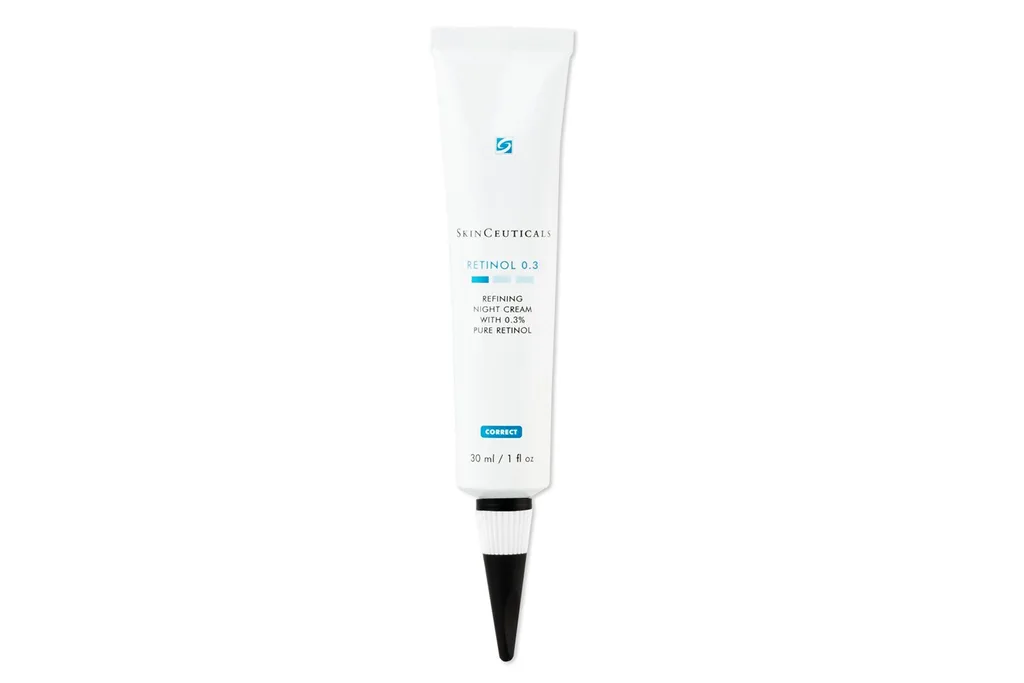
SkinCeuticals Retinol 0.3%, $97 at adorebeauty.com.au
Is it possible to just have a ‘normal’ skin type?
It’s not a myth! If you find yourself unable to relate to any of the skin types above, you may be ‘normal’. “Normal skin is not too dry and not too oily but is often a combination of both in different areas”, says Green. “‘Normal’ skin is also not sensitive.”
Some people are just lucky.




